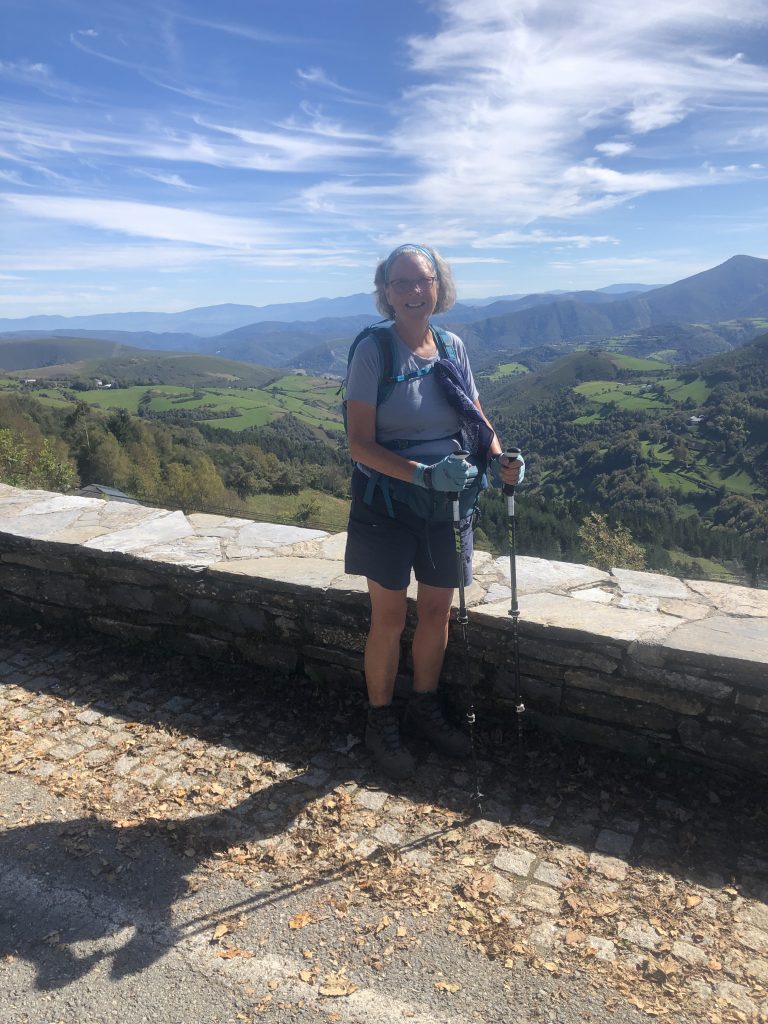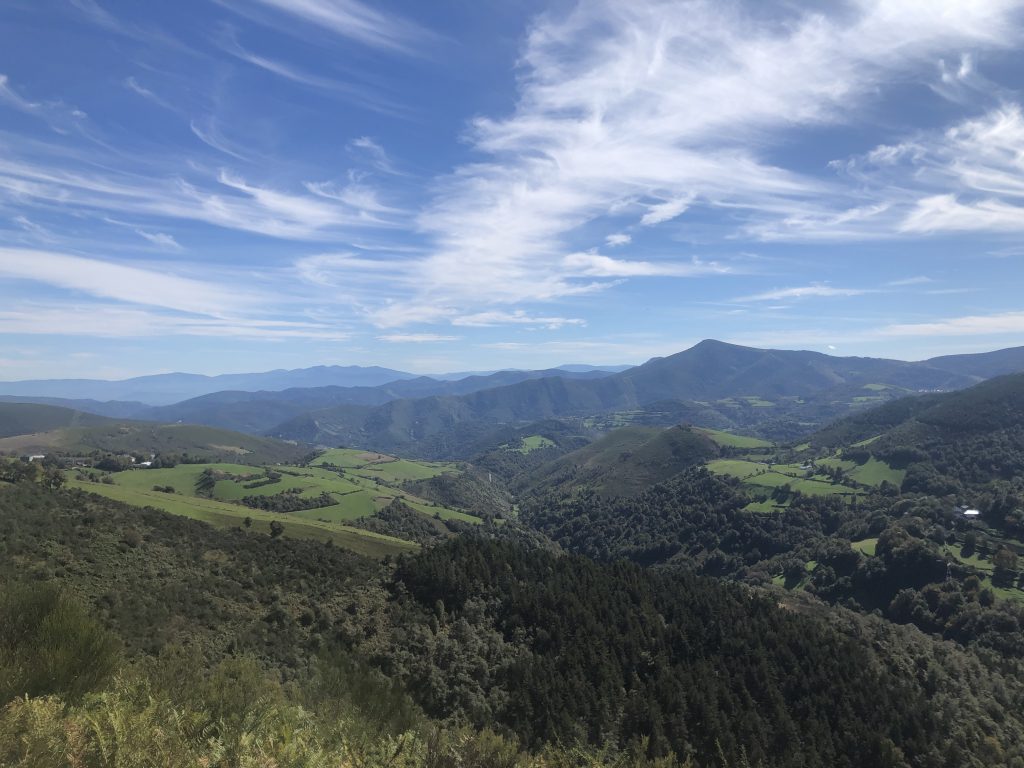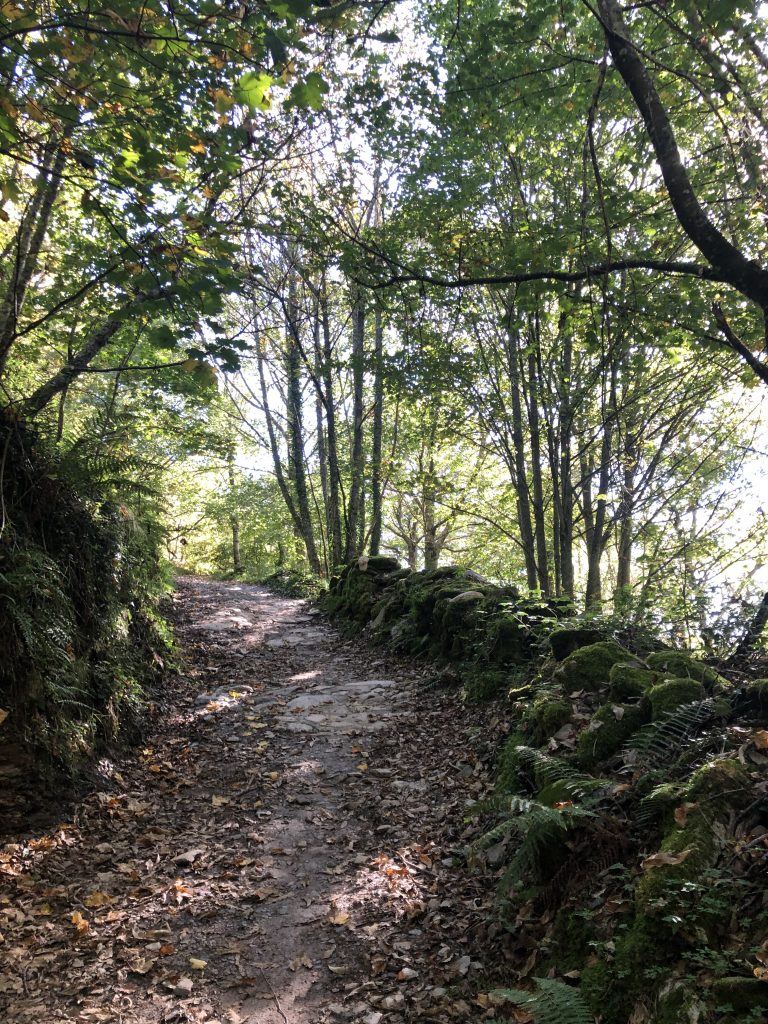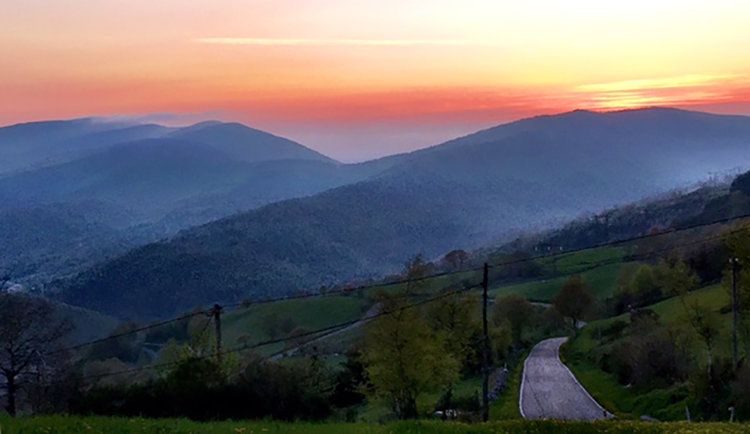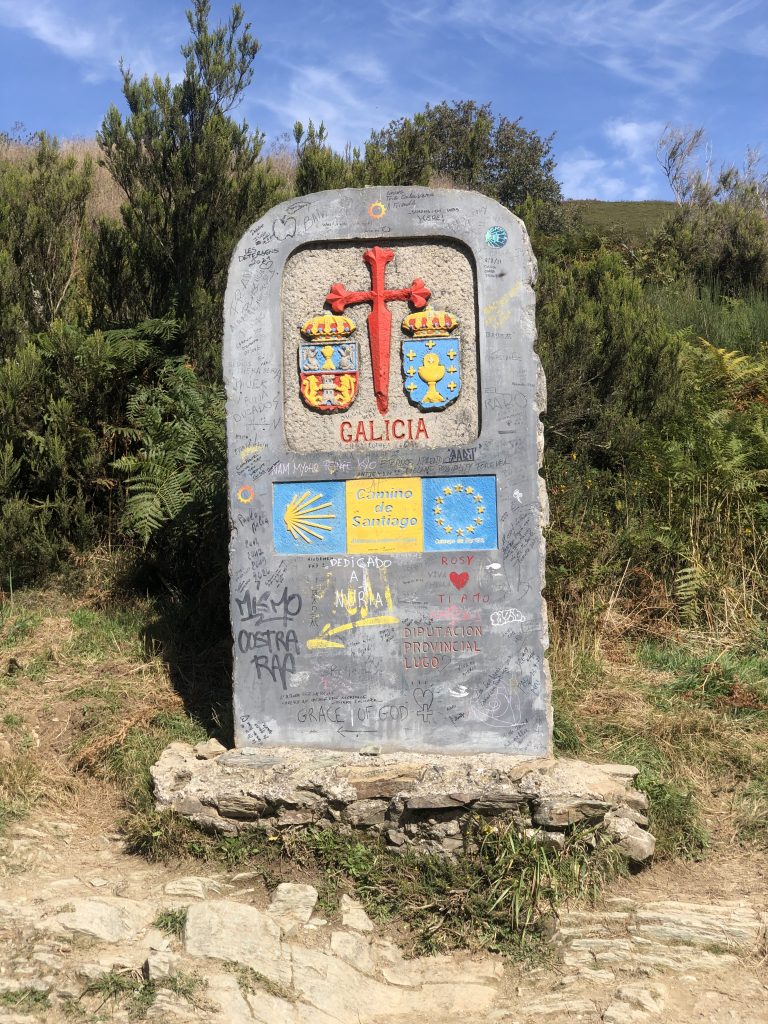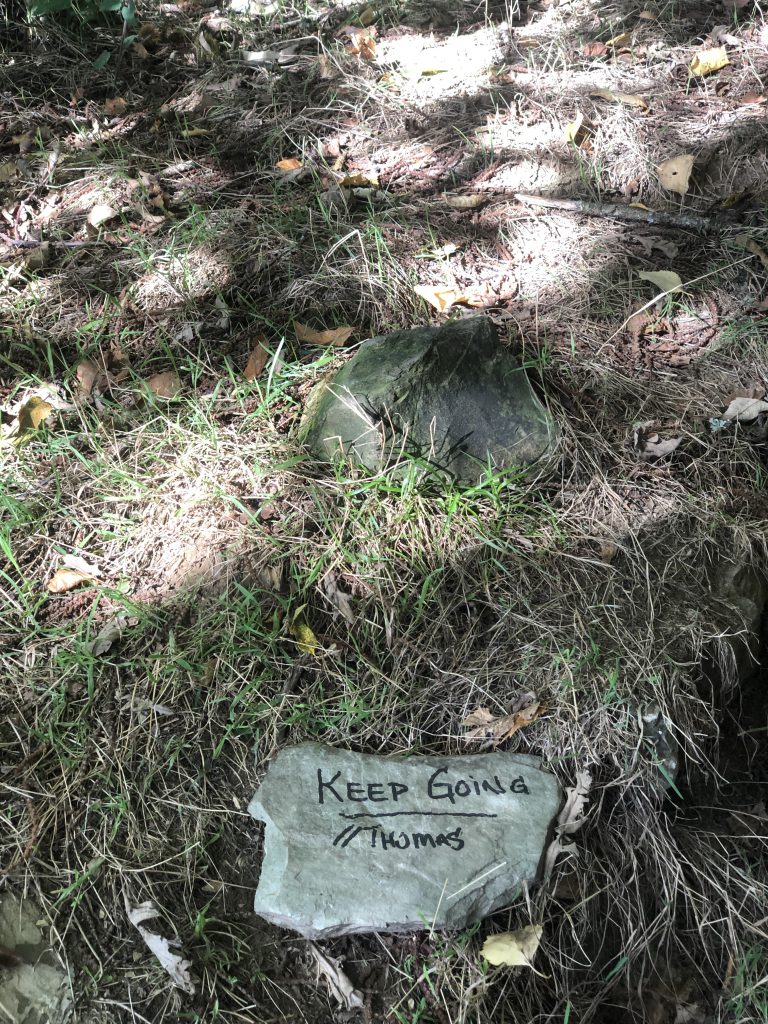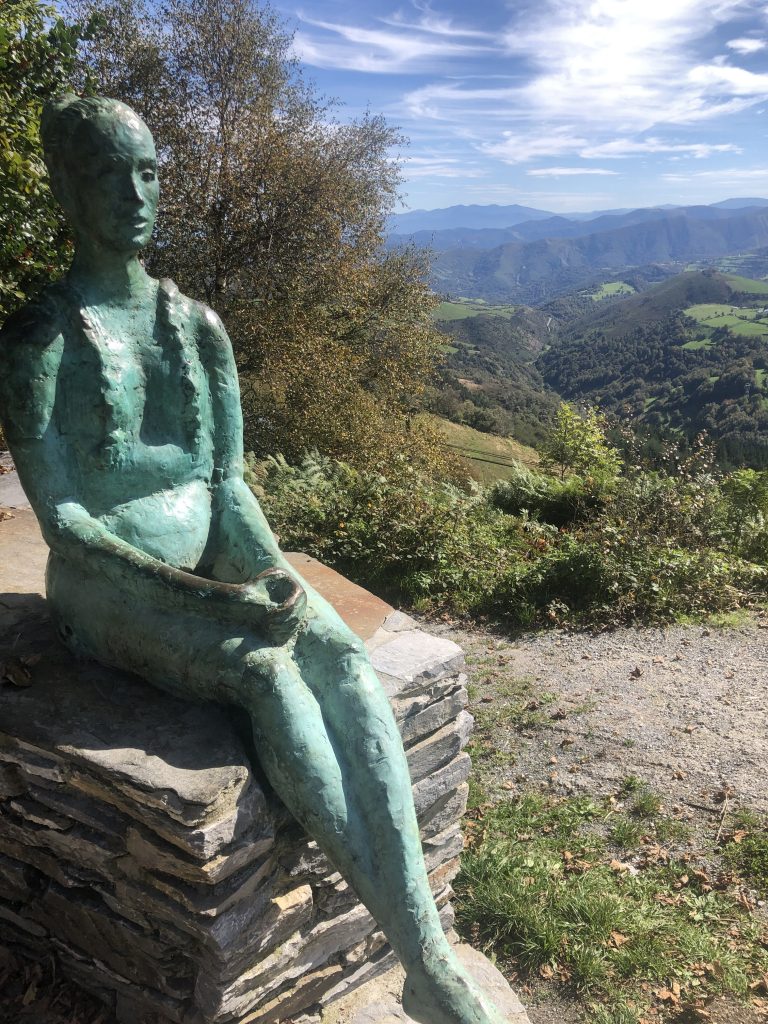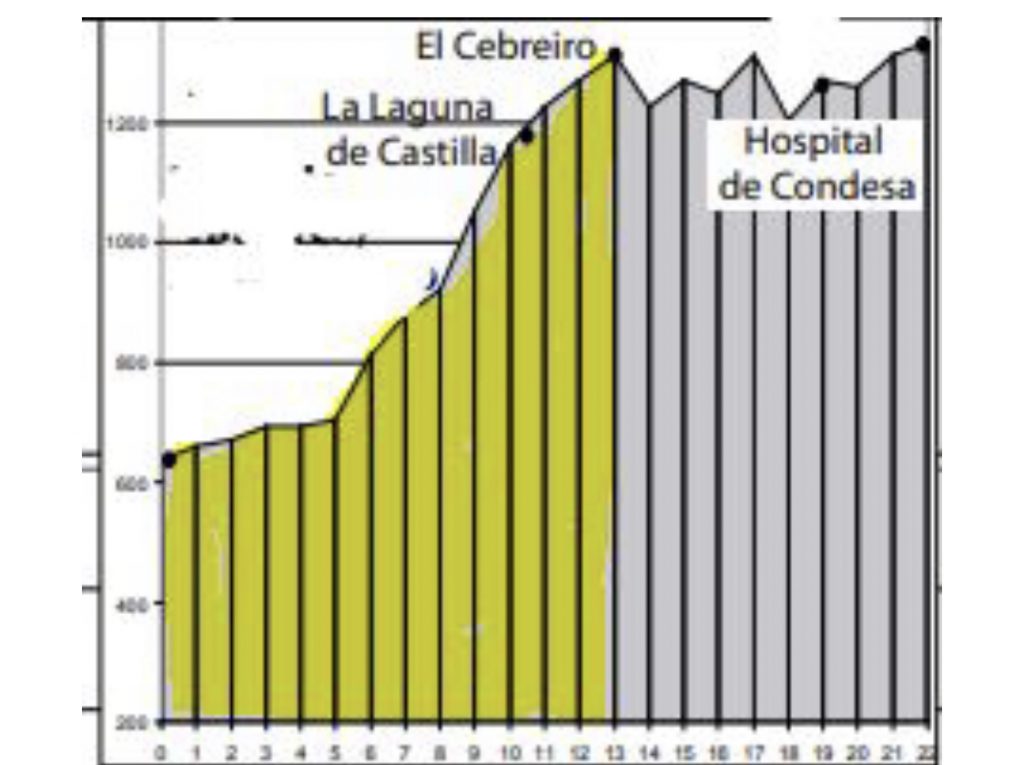I’m tired and this looks like a long hard day.
There were two routes out of Portomarin. I think this elevation map was for the more difficult route. The easier route wasn’t shorter, but had less elevation gains.
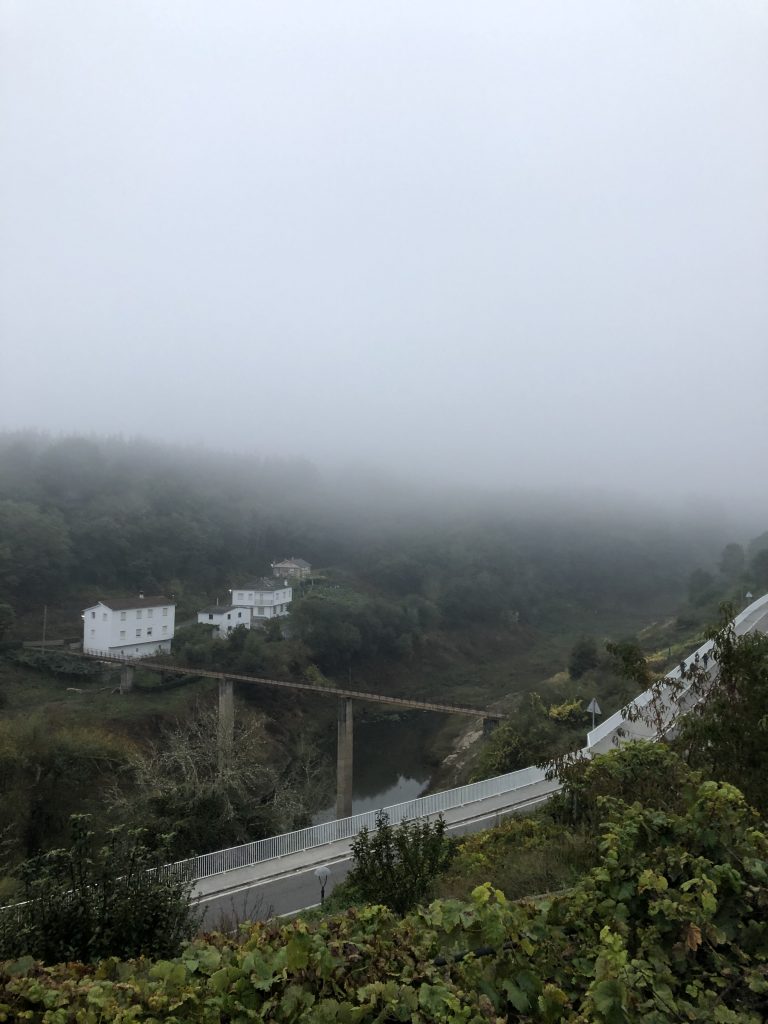
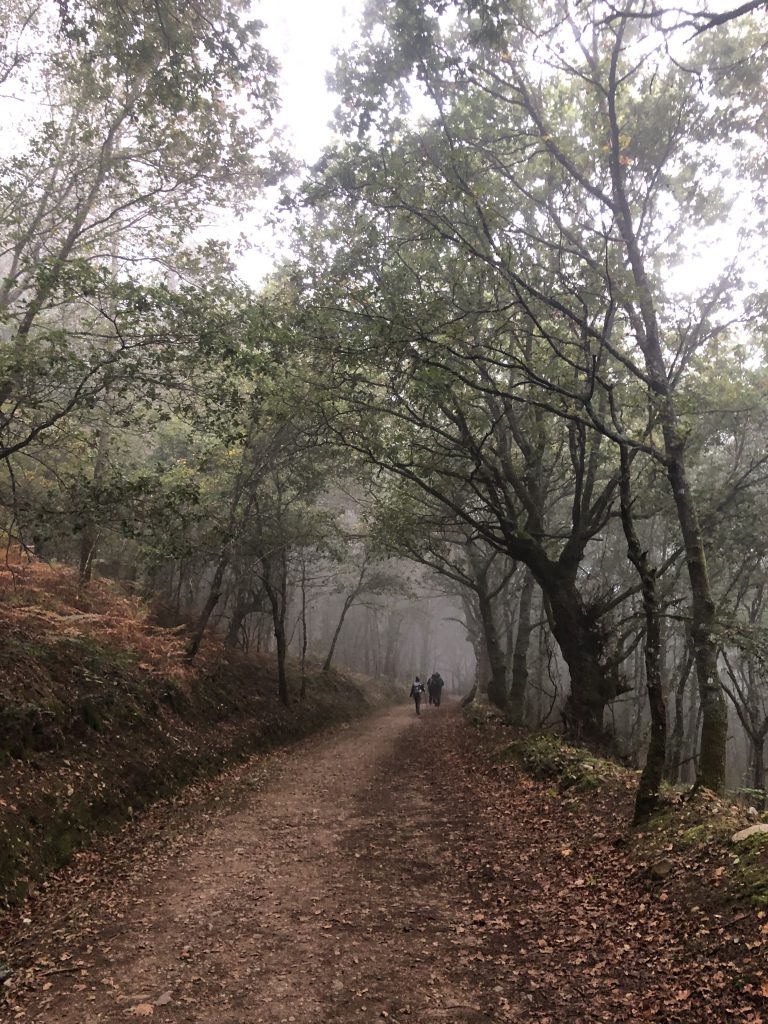
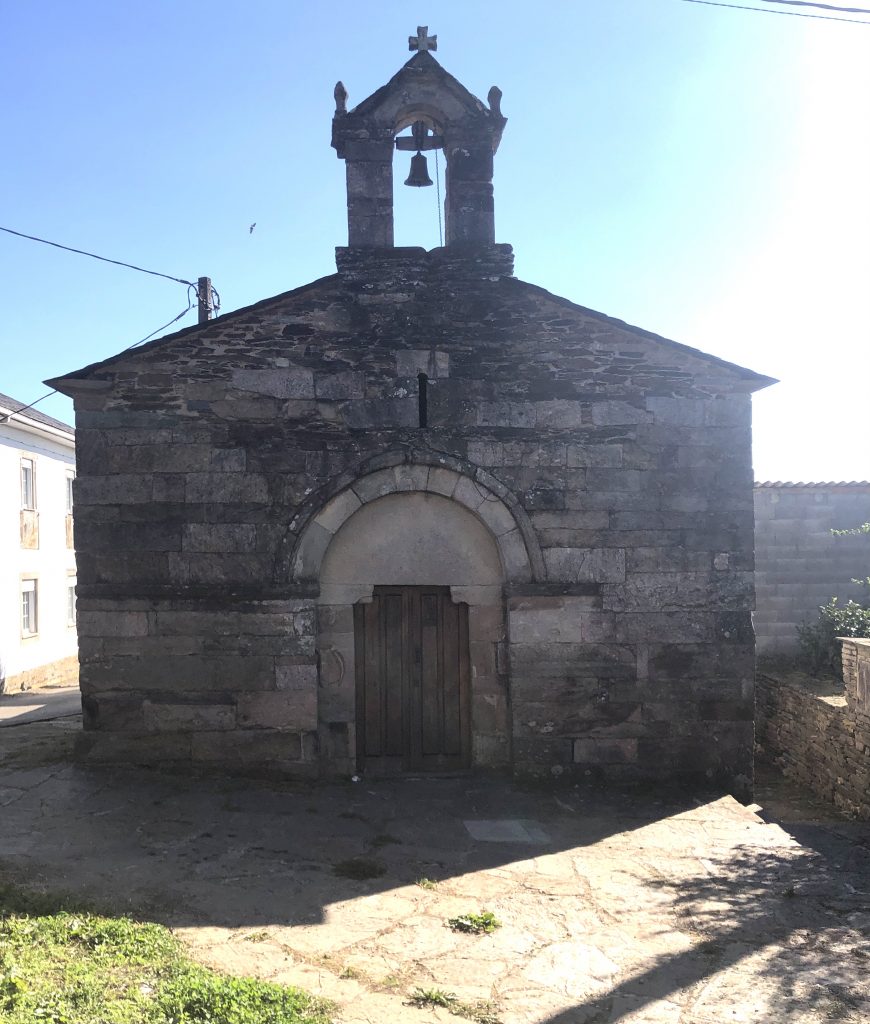
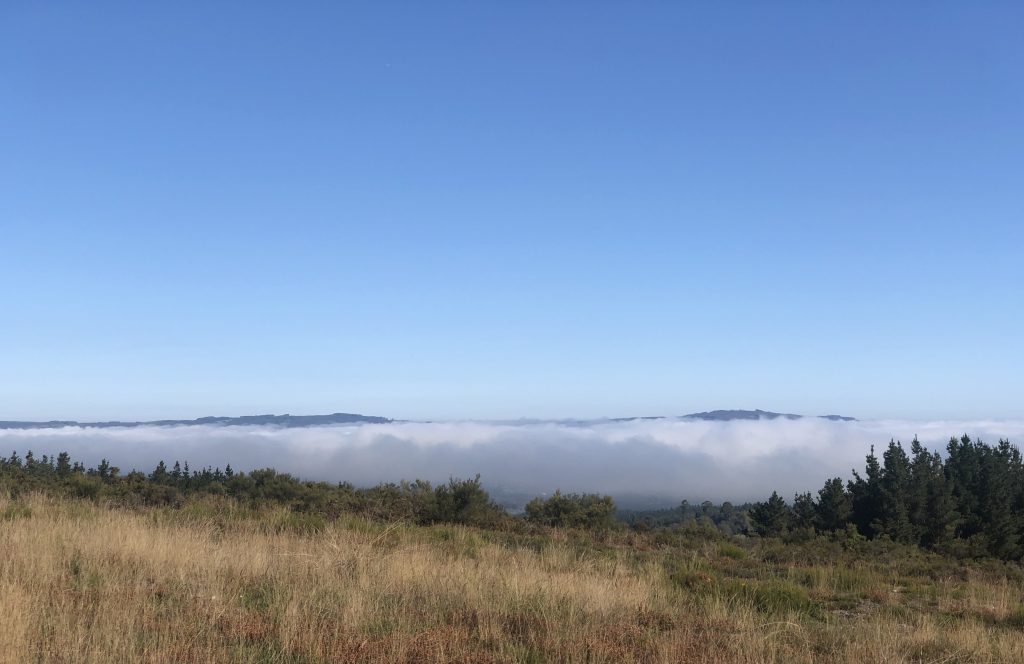
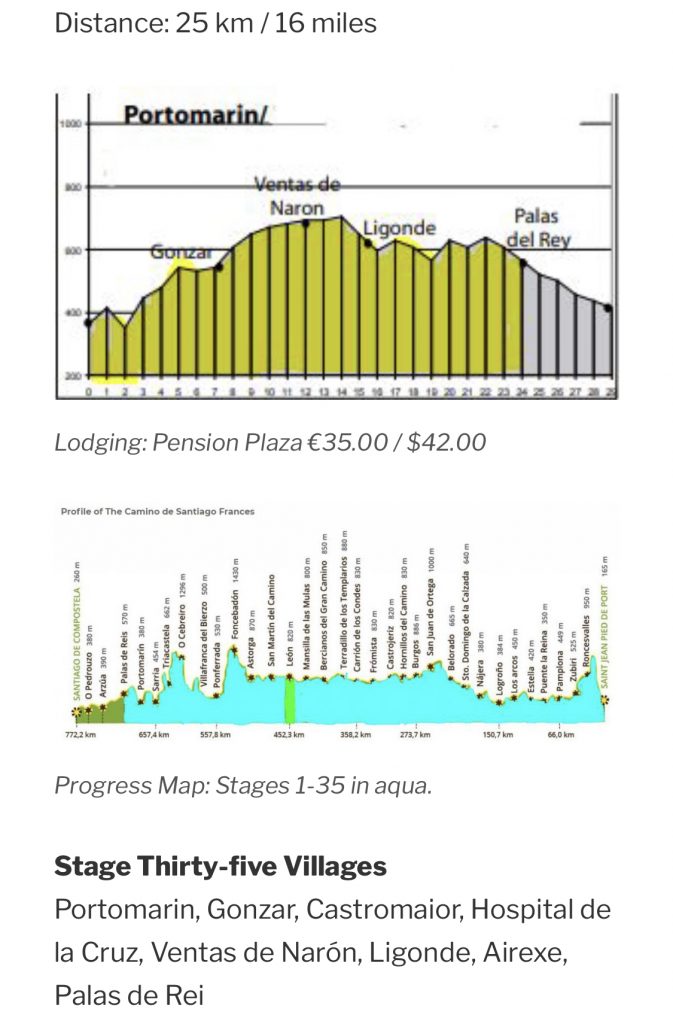
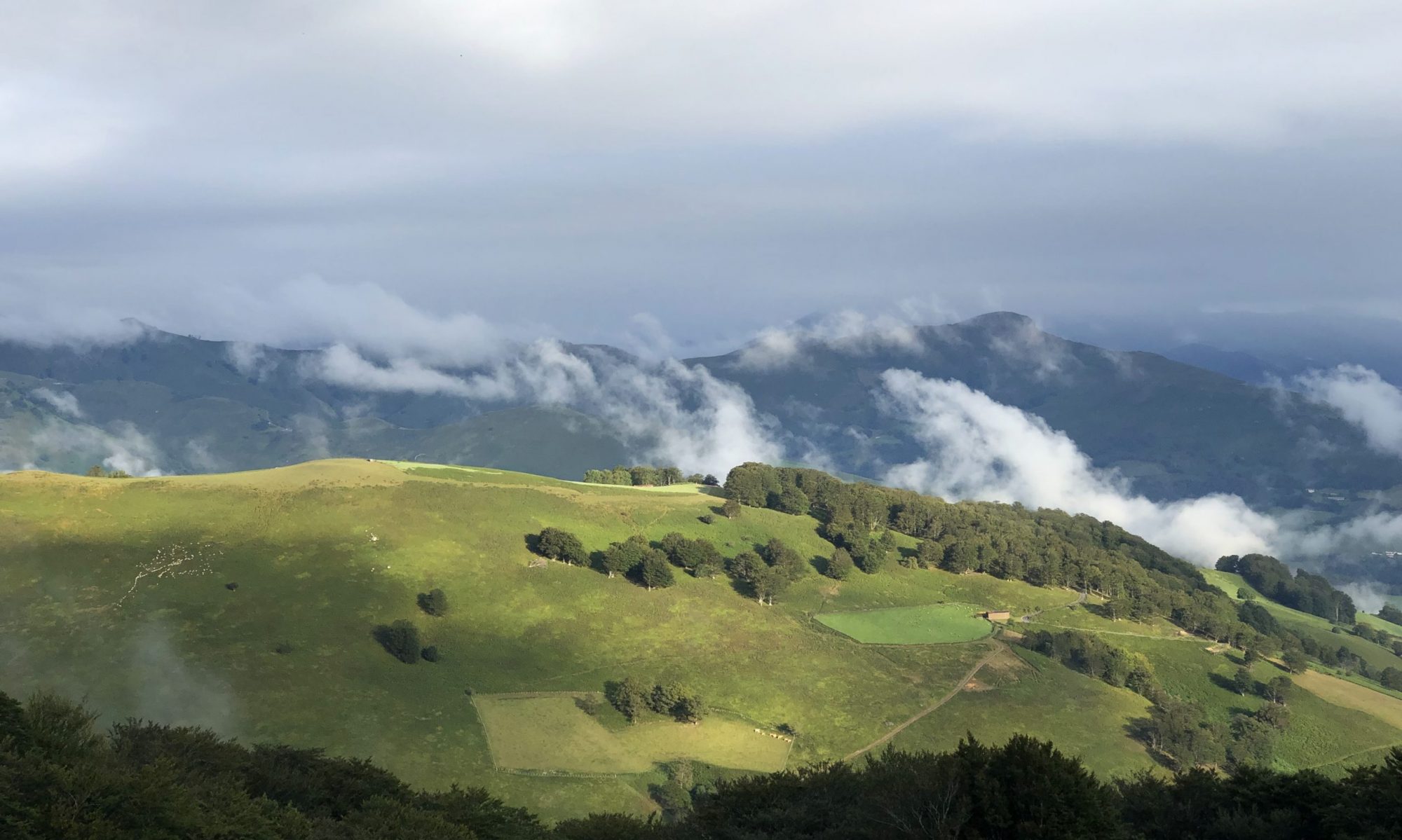
A Day On A Path
I’m tired and this looks like a long hard day.
There were two routes out of Portomarin. I think this elevation map was for the more difficult route. The easier route wasn’t shorter, but had less elevation gains.





CORRECTION!!
I ran into the Happy Salamancans today, and they let me know they started from Villafranca, not Sarria! That’s about an additional 72 km / 45 miles of tough trail!
And they are still happy 😊🥾🥾
These folks started in Sarria to walk the last 100 km to Santiago. They were half-way through their first stage. As Camino stages go, this one had its challenges with its undulating hills, but no extreme ups and downs. I noticed a couple of them already limping.
I enjoyed their excitement – as they ordered their second round of drinks, I was thinking they’d be arriving in Portomarin pretty late!
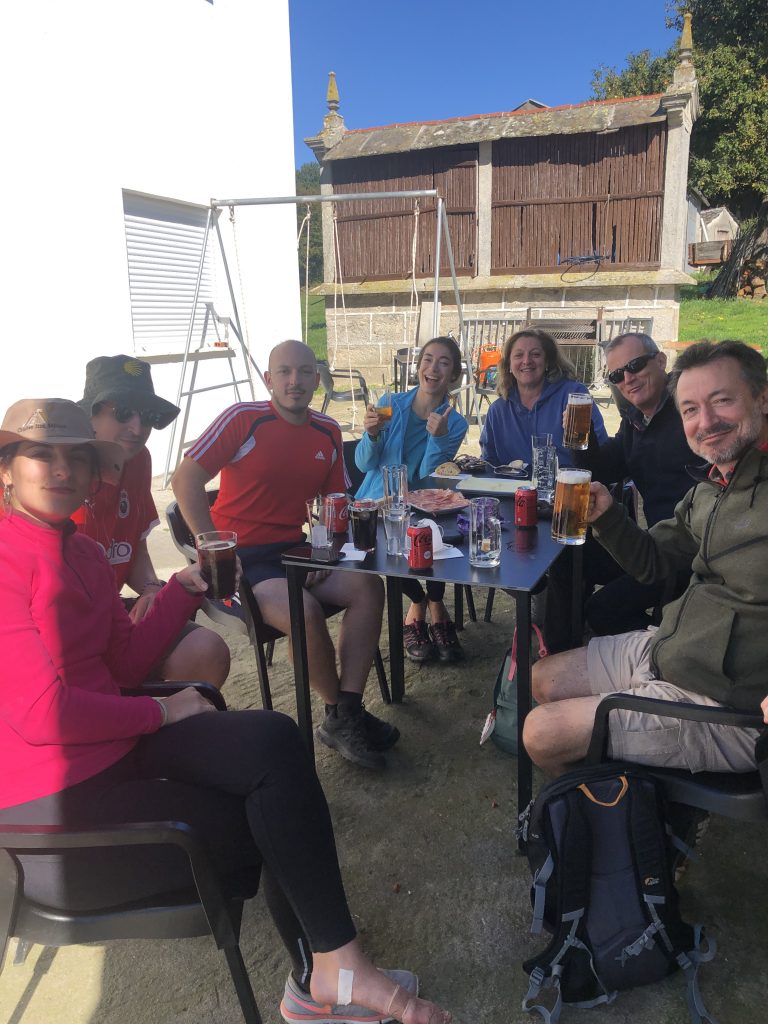
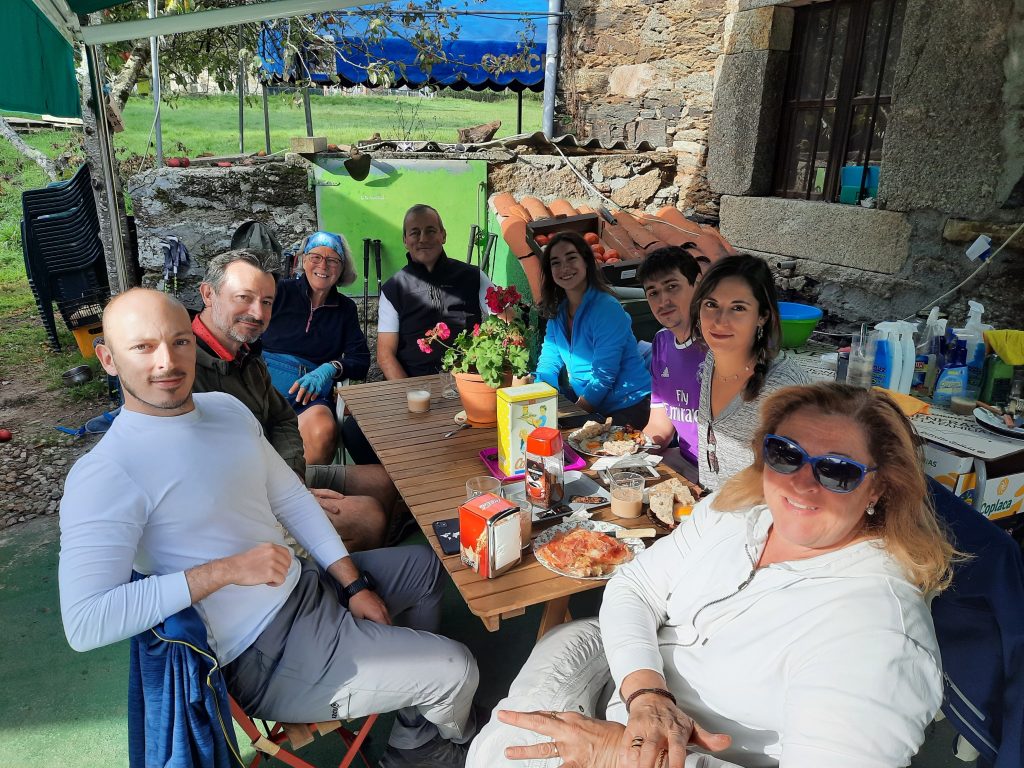
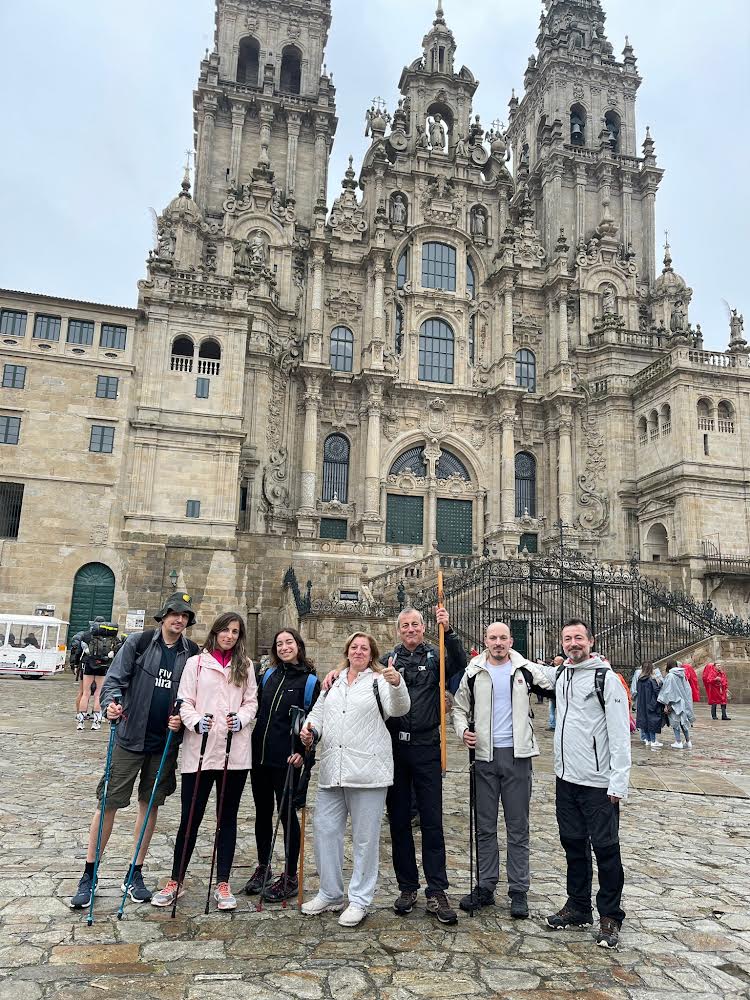
The city was moved. The old structures like the church were moved brick by brick and put back together in the new location.
From wiki: In the 1960s the Miño River was dammed to create the Belesar reservoir, putting the old village of Portomarín under water. The most historic buildings of the town were moved brick by brick and reconstructed in the new town, including its castle-style main church: Church of San Juan of Portomarín.
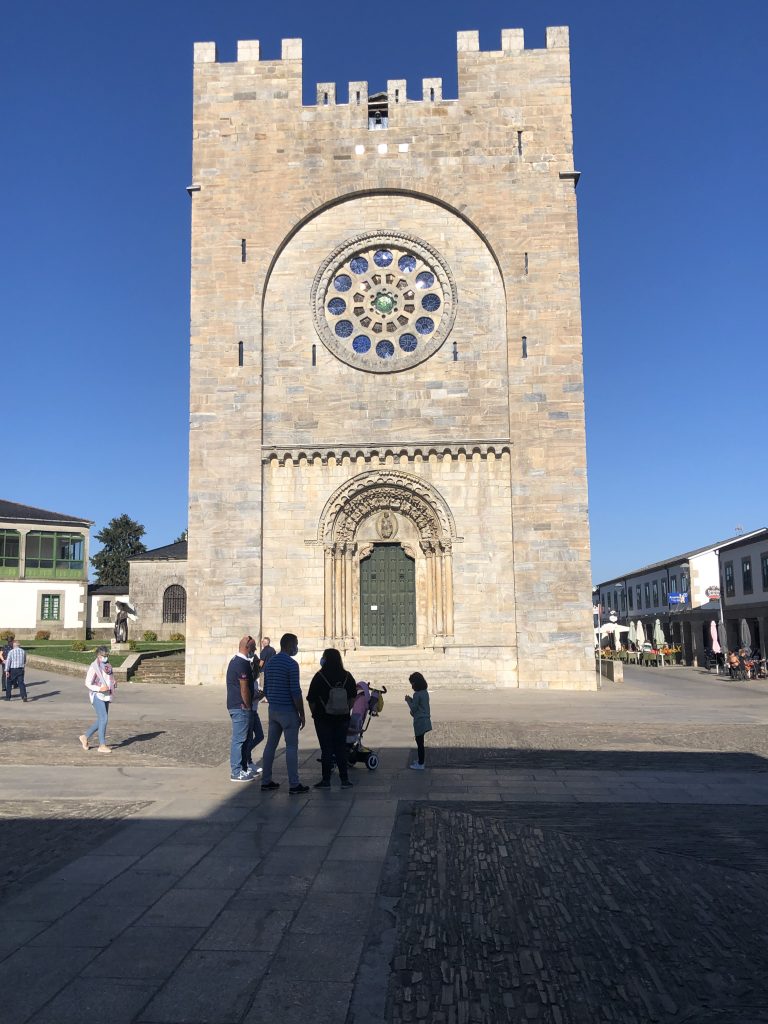
I obviously entered Portomarin from the other road in 2019 because I sure didn’t see this coming! No photo of the path until I was near the end because I was in survival mode. Scooted down a couple of places on my rear.
THEN cross the long bridge. THEN up the stairs to the town. THEN up the hill to lodging.
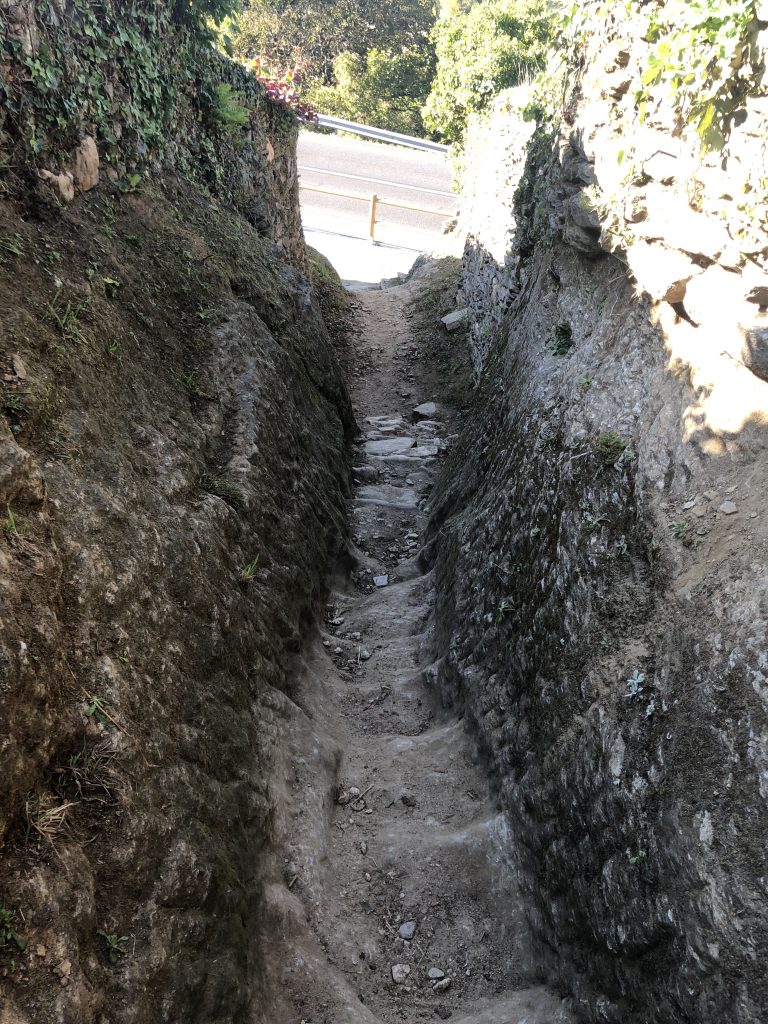
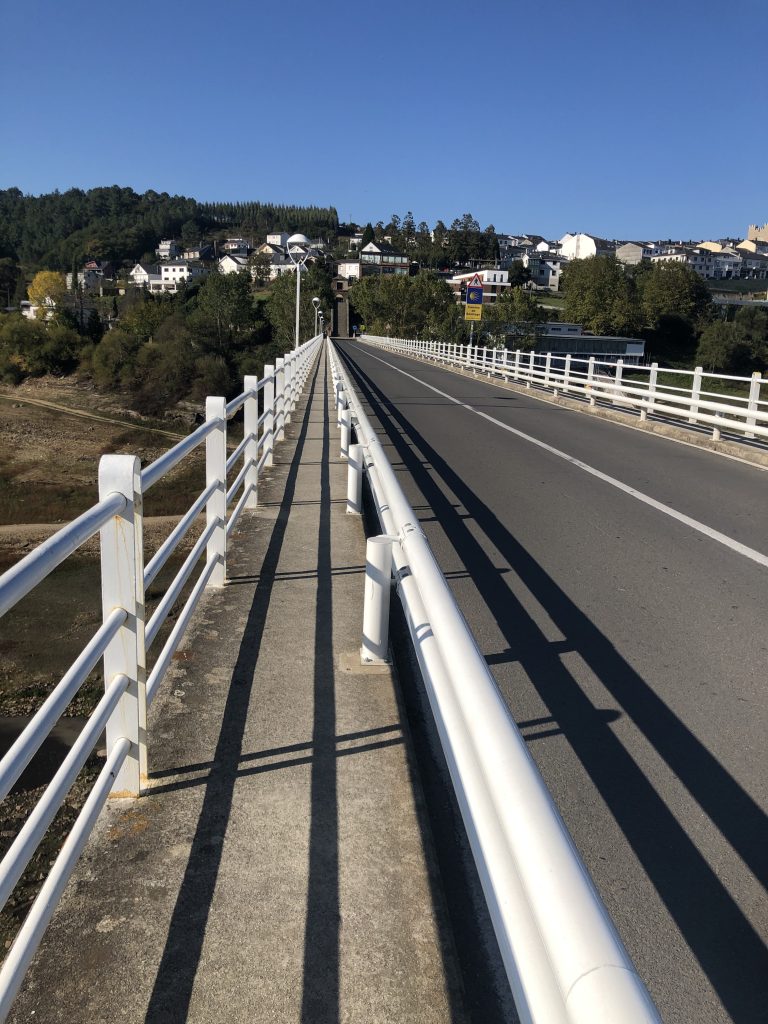
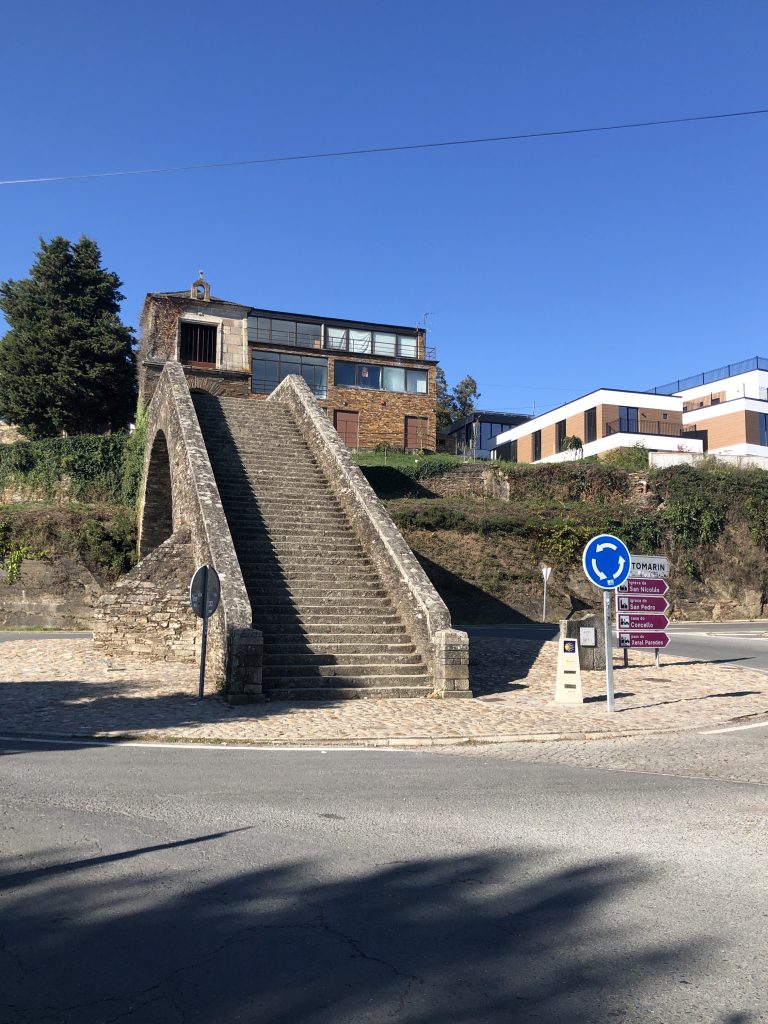
Paradela- near Portomarin.
Horreos- I think the first documented mention of an horreo was in the 1500s.
An hórreo is a typical granary from the northwest of the Iberian Peninsula, built in wood or stone, raised from the ground by pillars ending in flat staddle stones to prevent access by rodents. Ventilation is allowed by the slits in its walls. Wikipedia
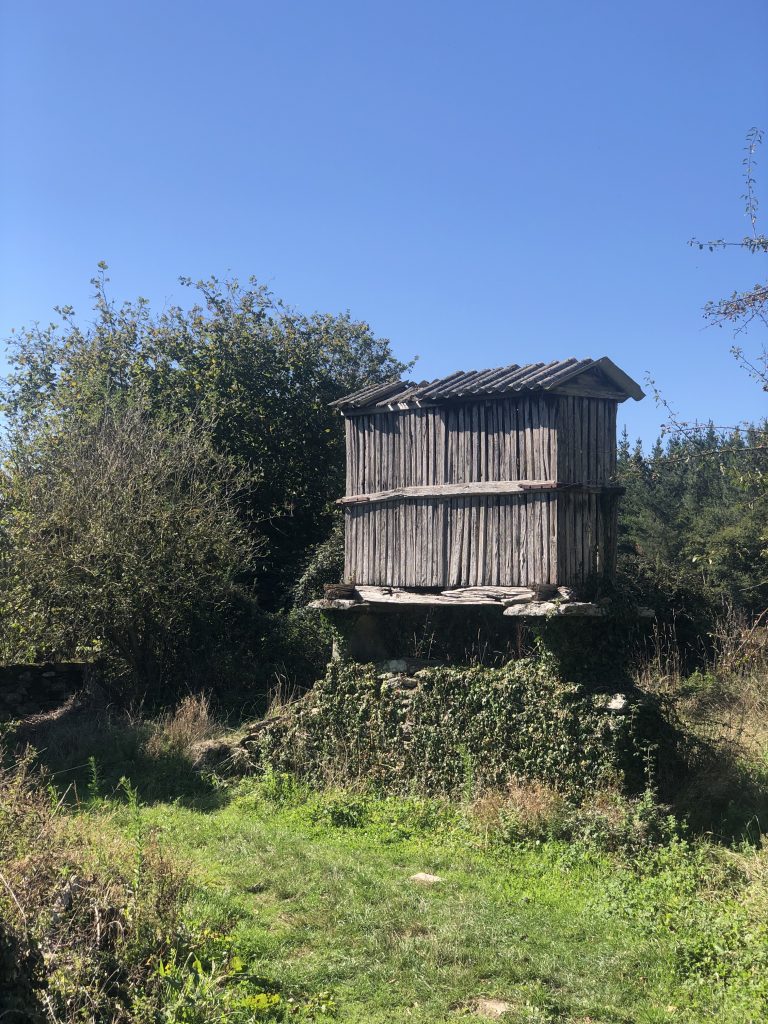

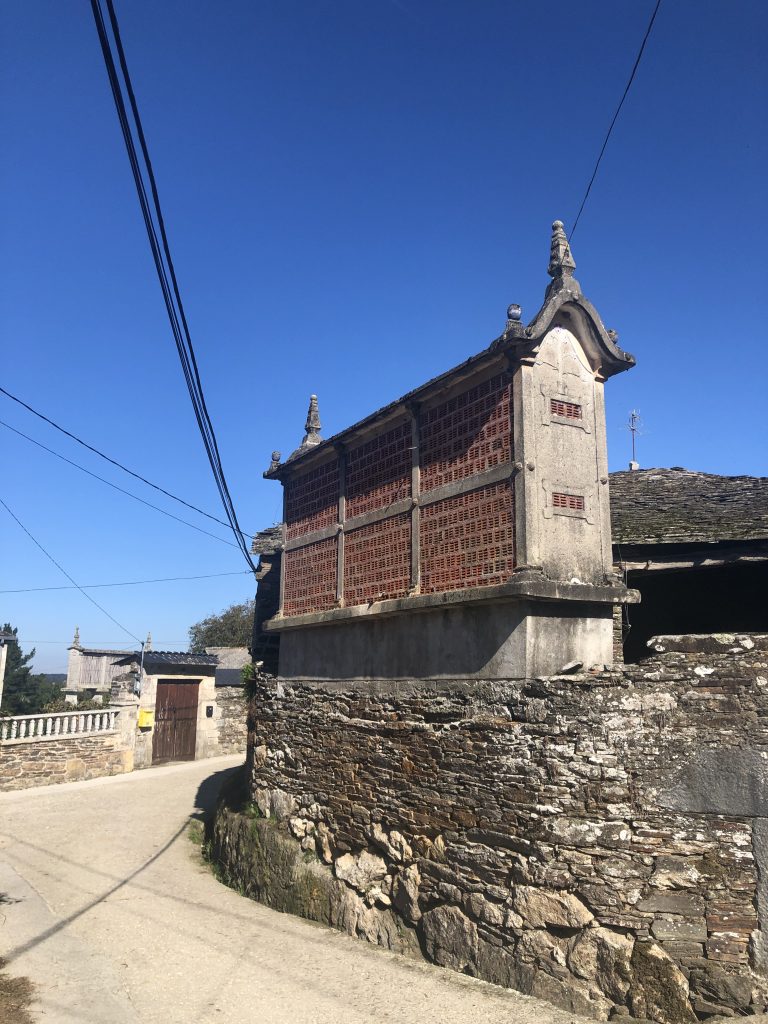

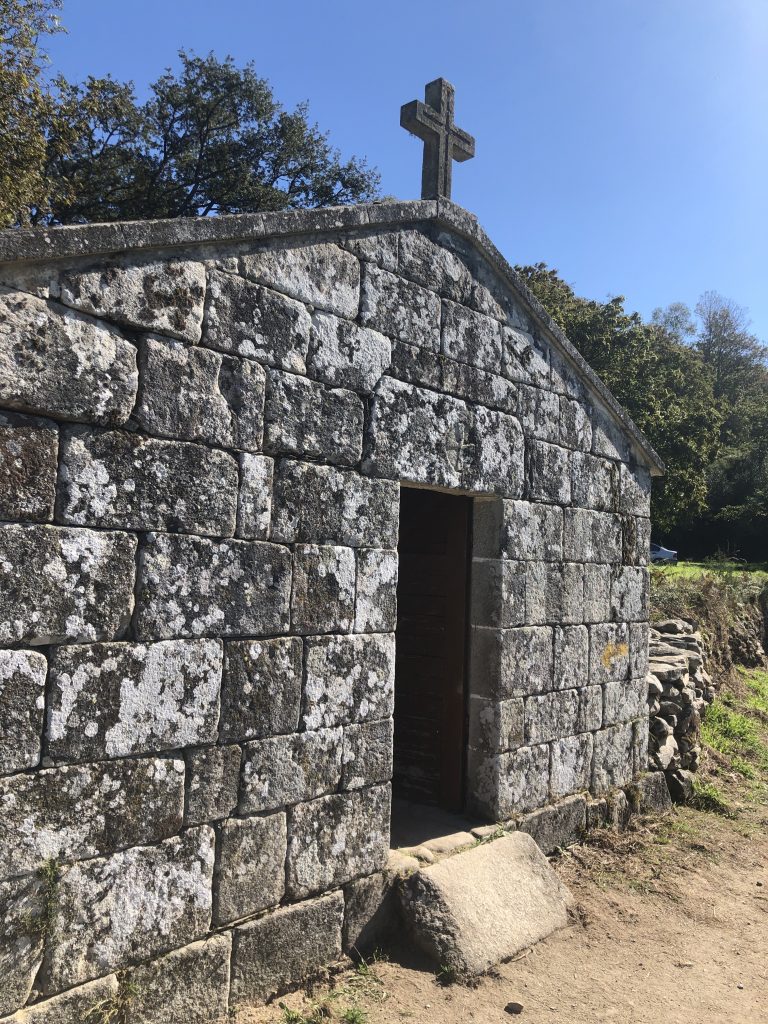
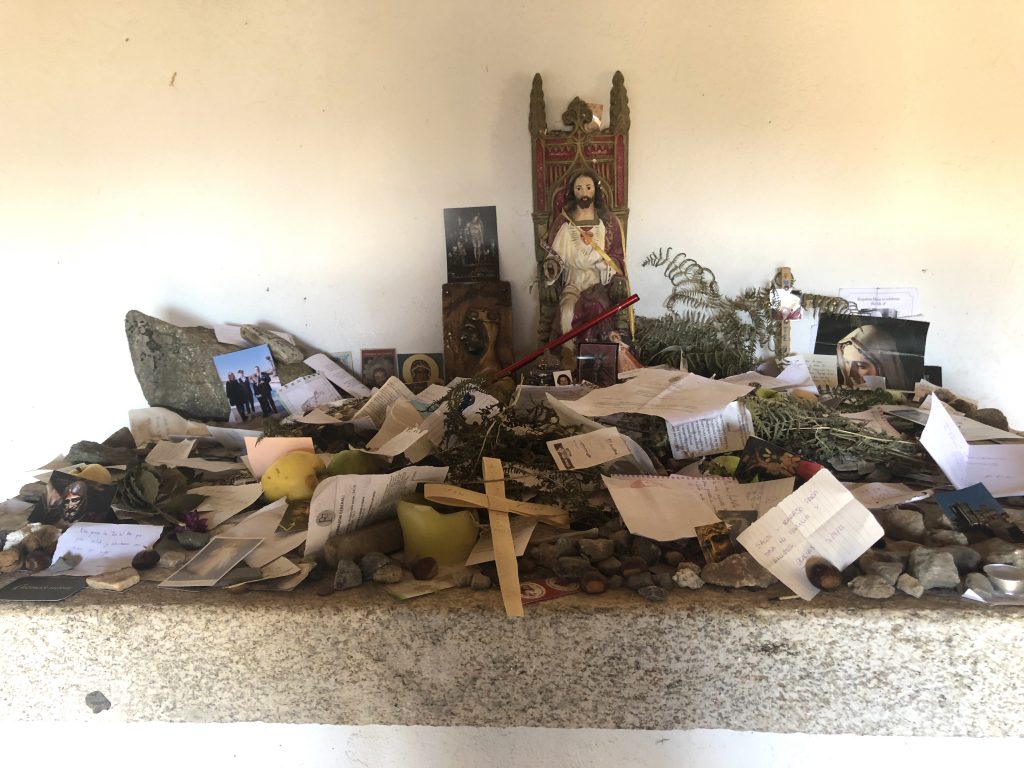
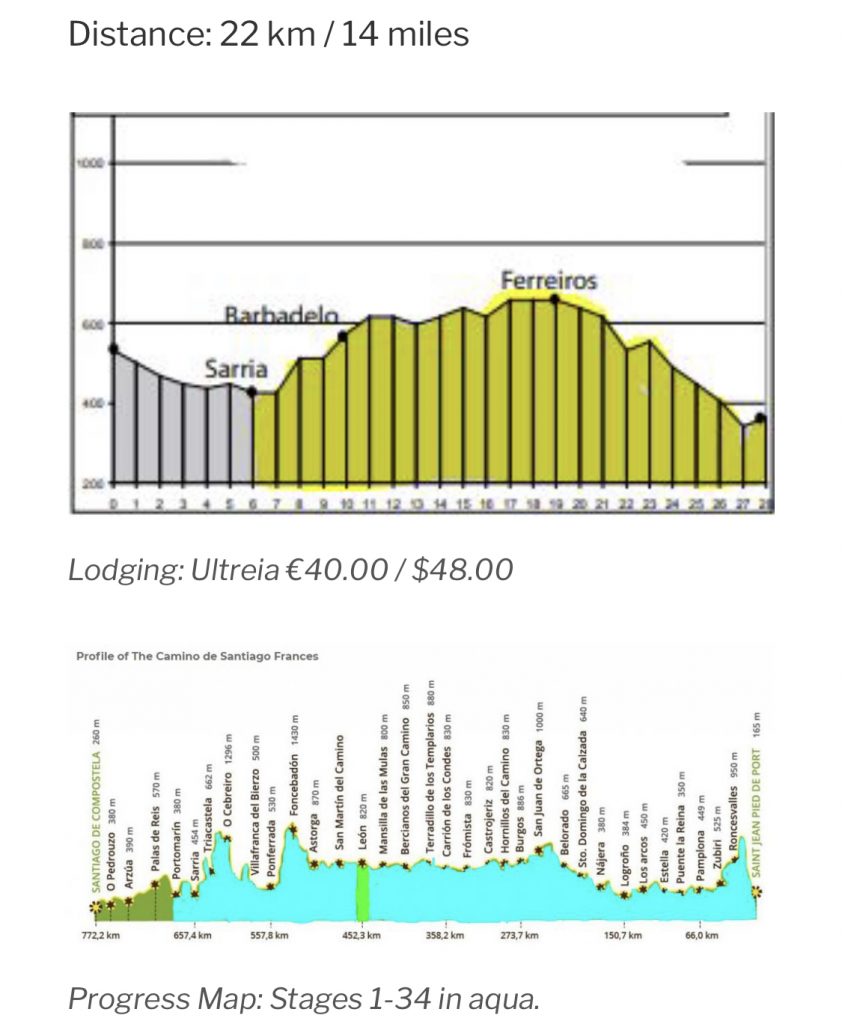
As I walk along, I often think what section of this route I would recommend to someone with only a couple of weeks to spend walking. I’ve met a few who started in O Cebreiro to walk to Santiago. The long descent from O Cebreiro offers a good endurance experience and the walk out of Sarria is one of the loveliest. Not as majestic as crossing the Pyrenees, but still challenging for one’s first days.
Most common is the walk from Sarria to Santiago because that is the minimum requirement to receive a Compostela and it only takes a few days.
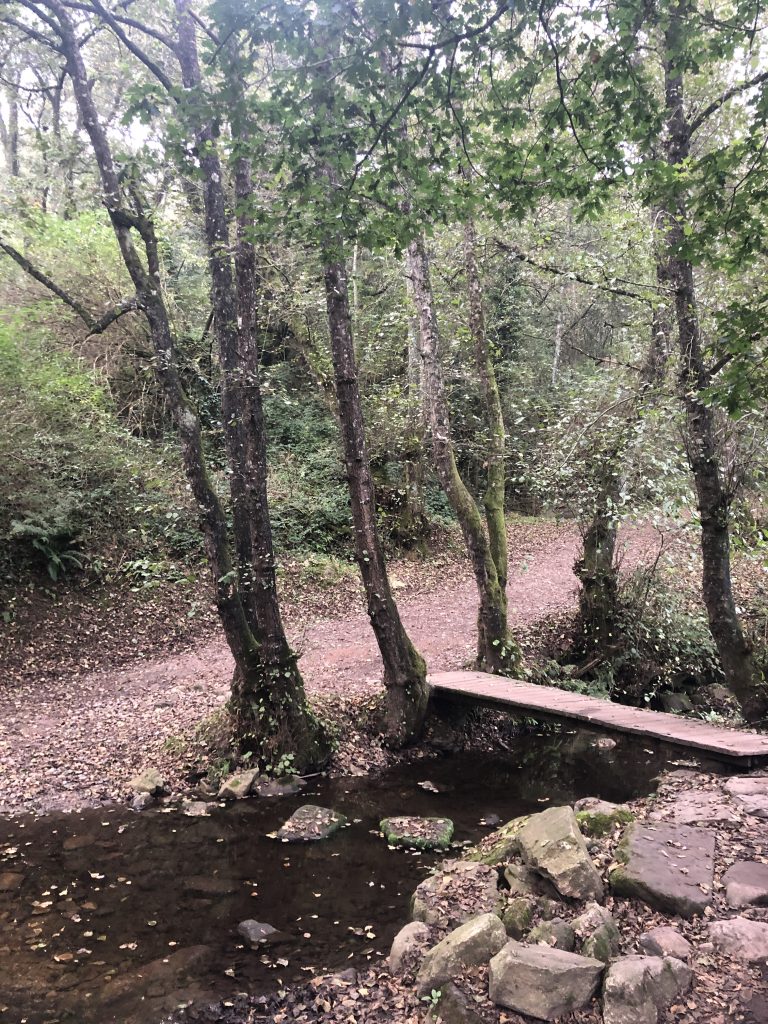
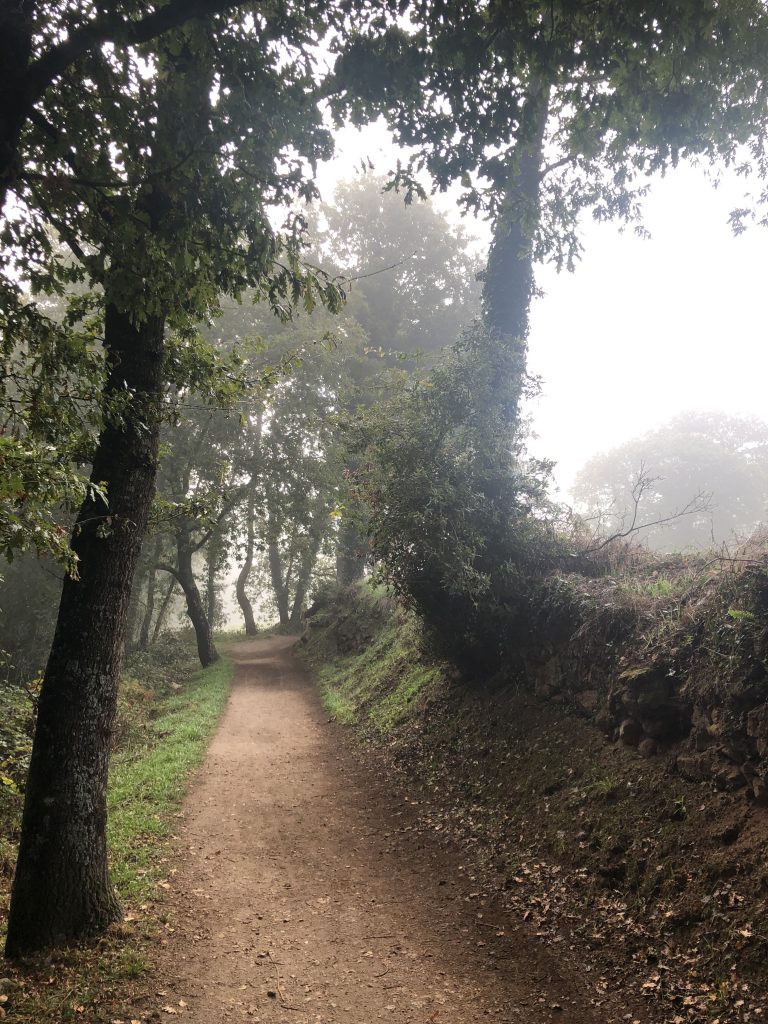
Quick review of the last two days. WiFi connectivity has been sketchy, so just a quick catch-up. Up and down. Up and down. Up and down. That pretty much sums up the walking days! The ups are hard for me; I may be the slowest person crawling up these ascents, but I eventually get there. I’ve been taking long breaks at the cafes through the day which help.
The paths are mostly through woods and along streams. Through the villages, we walk the same paths as the cows, so one must remain alert in the game of Dodge the Cow Patties!
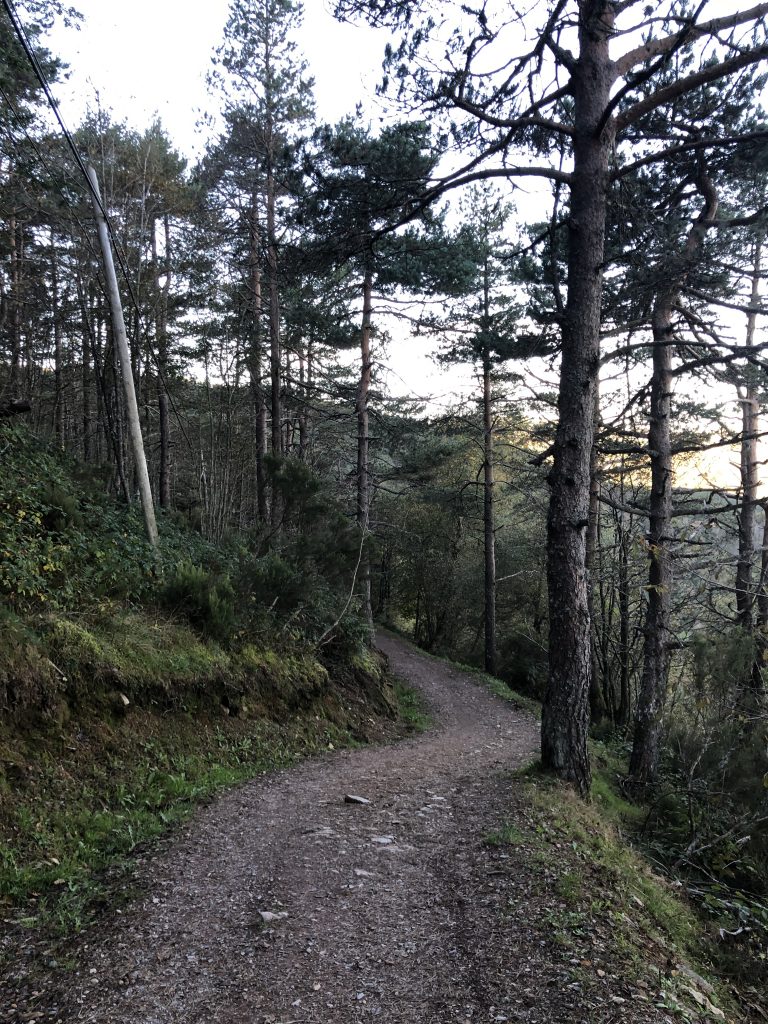
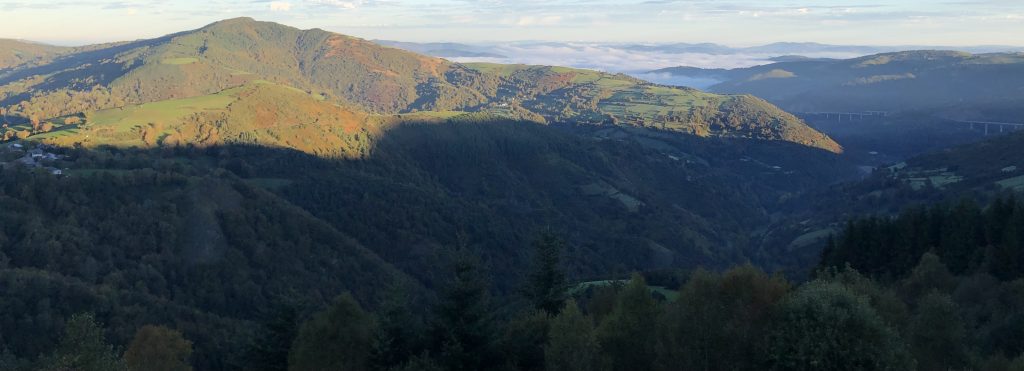
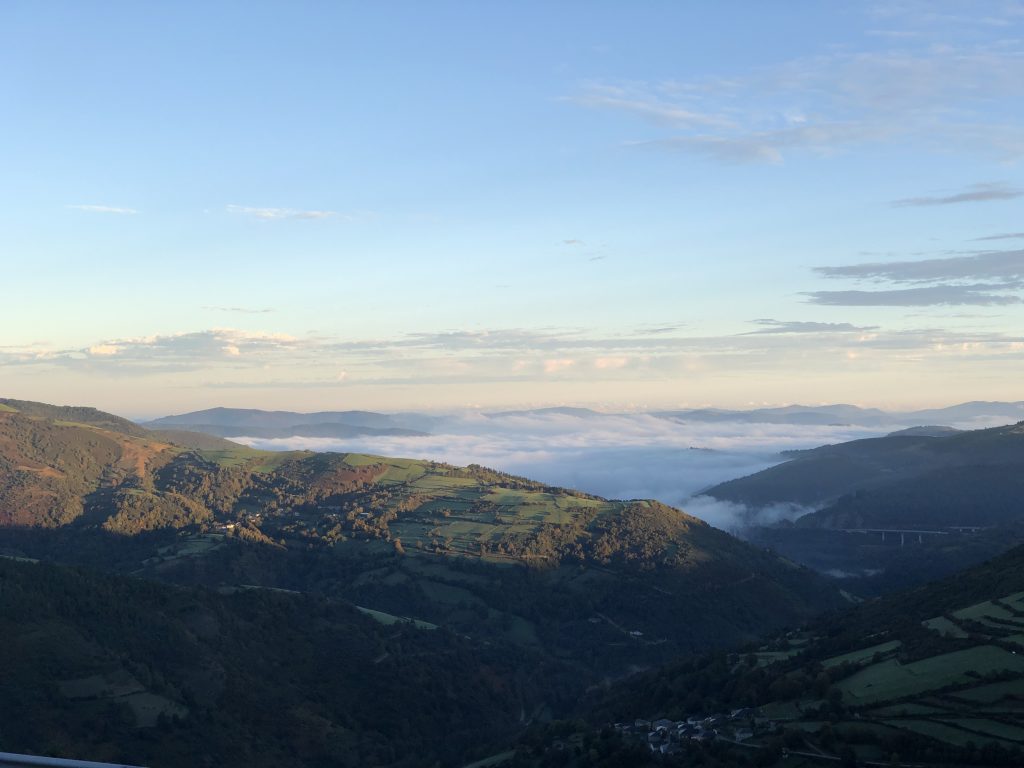
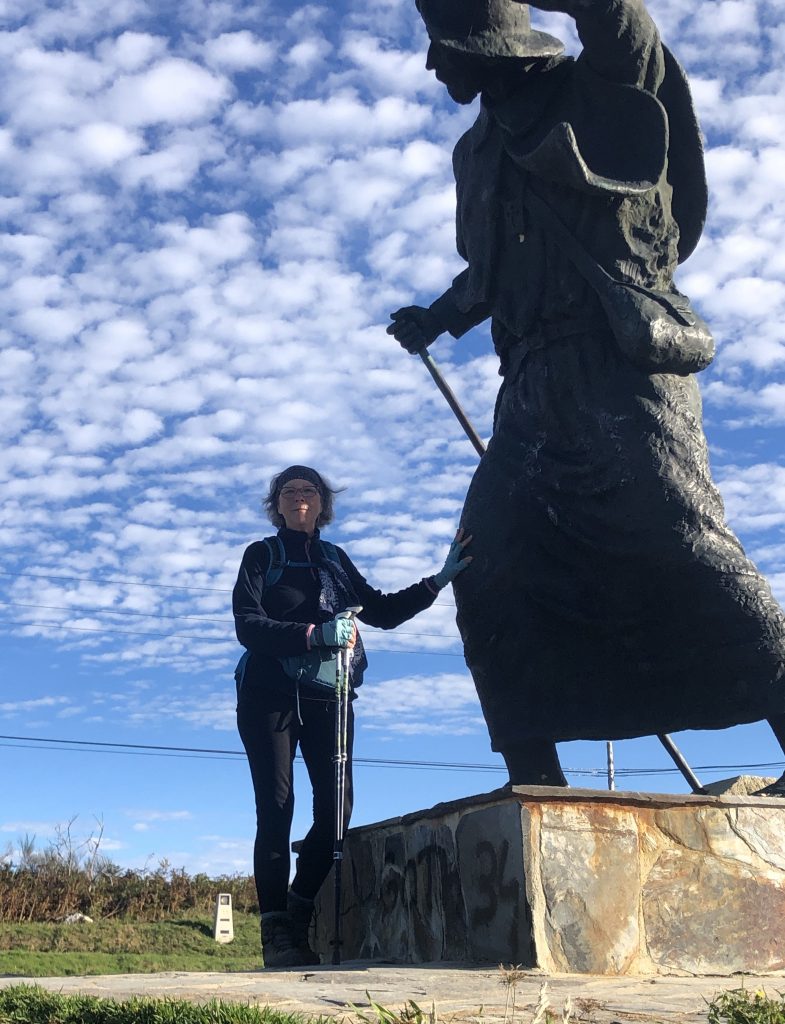
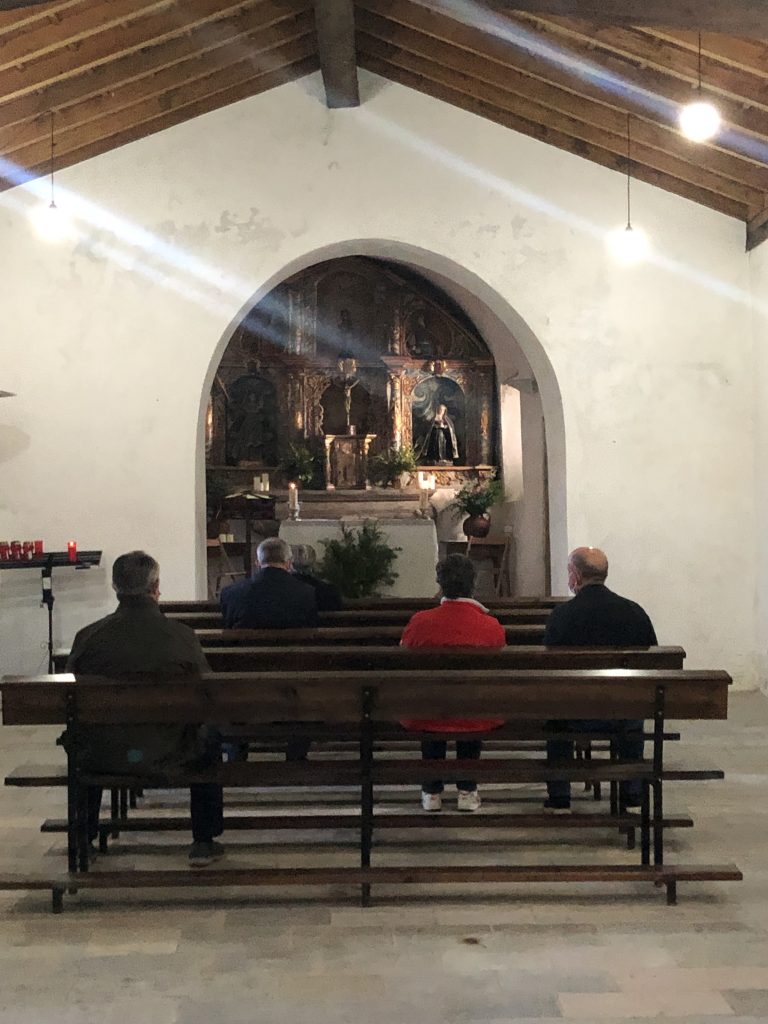
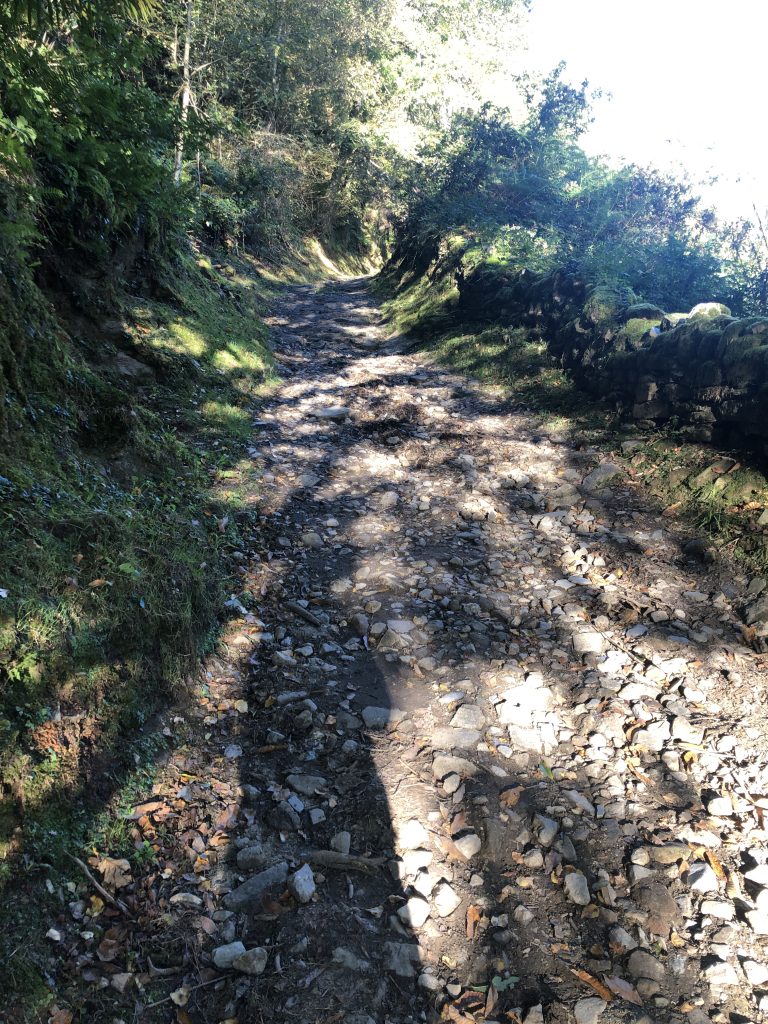
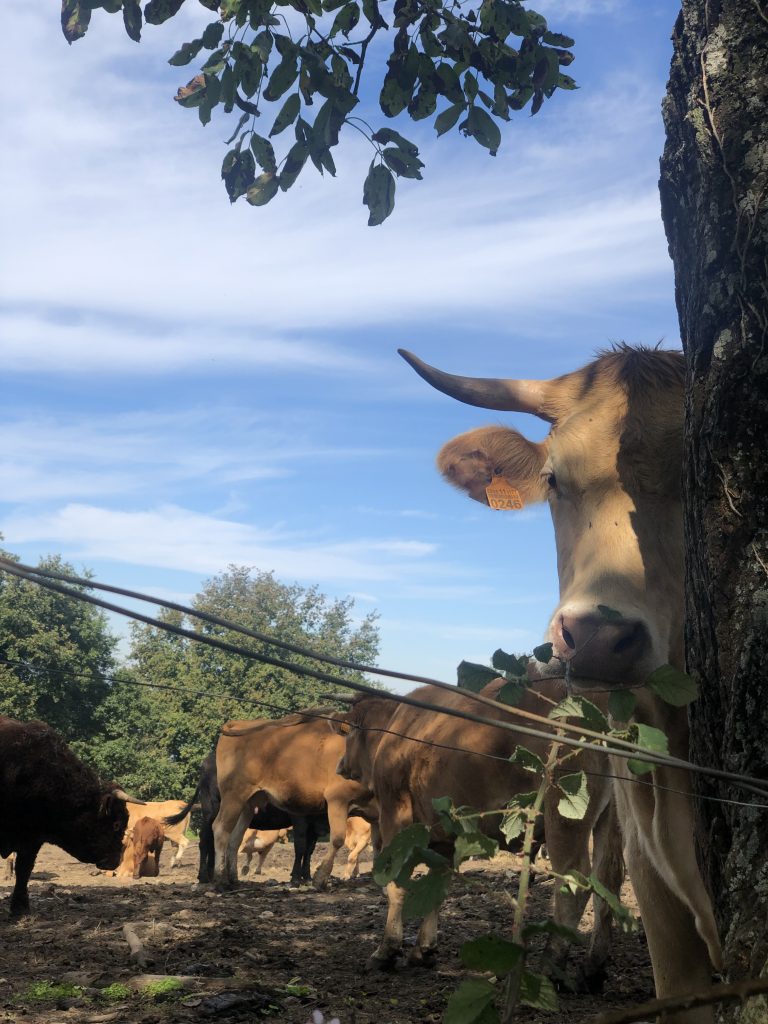
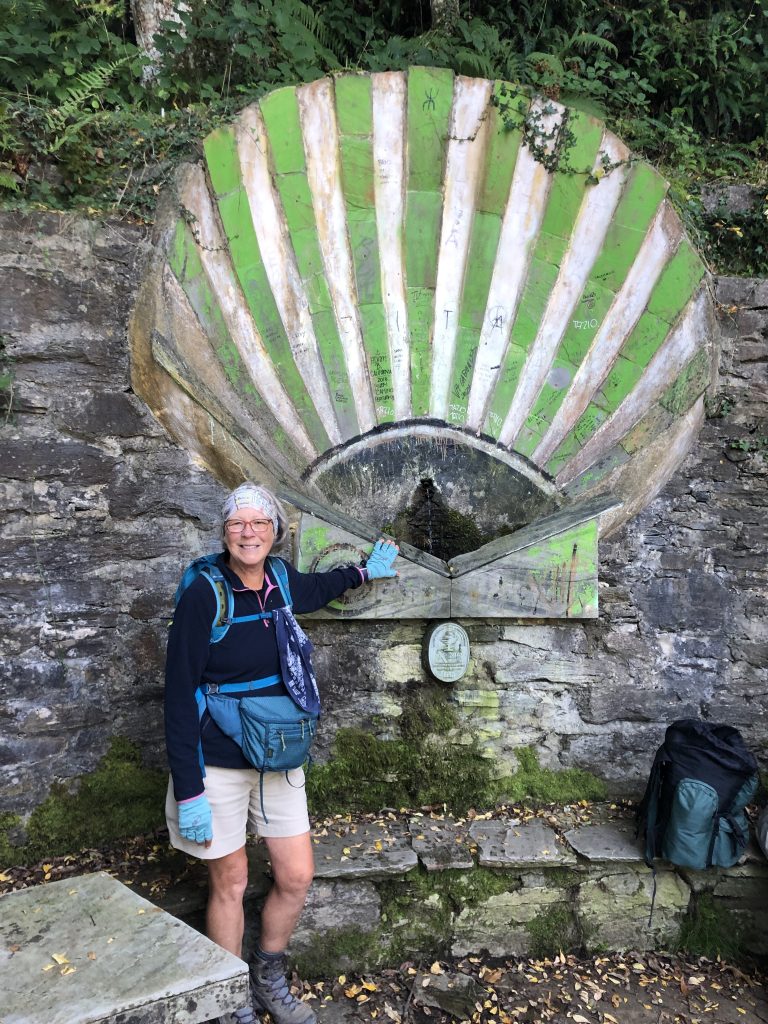
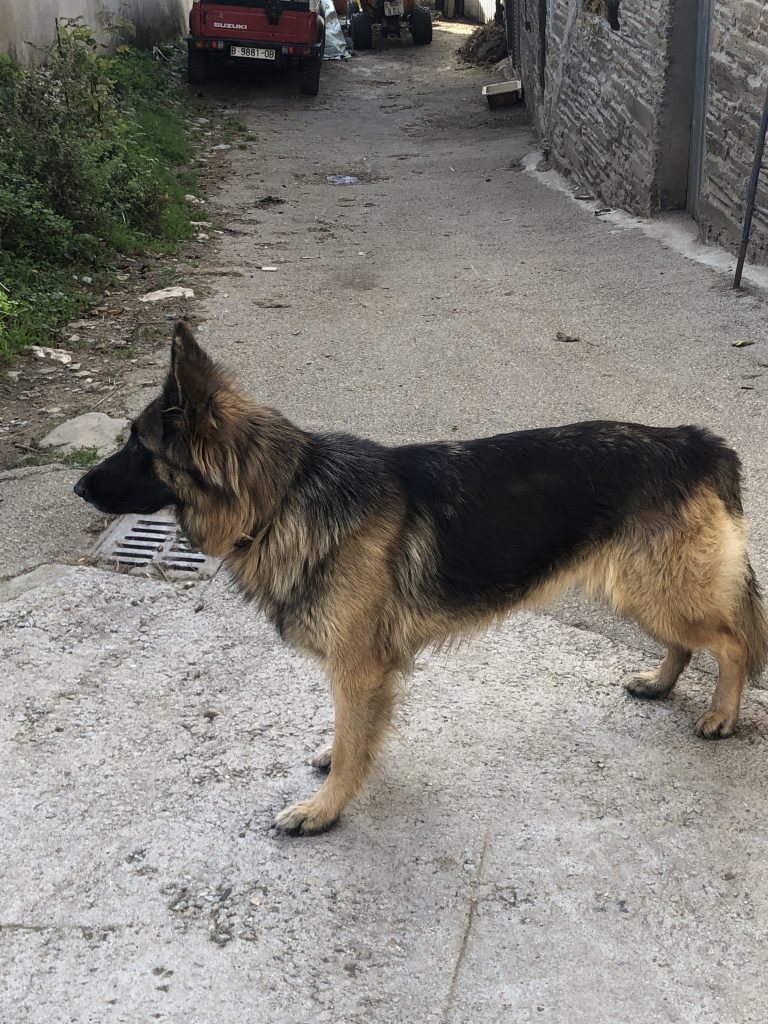
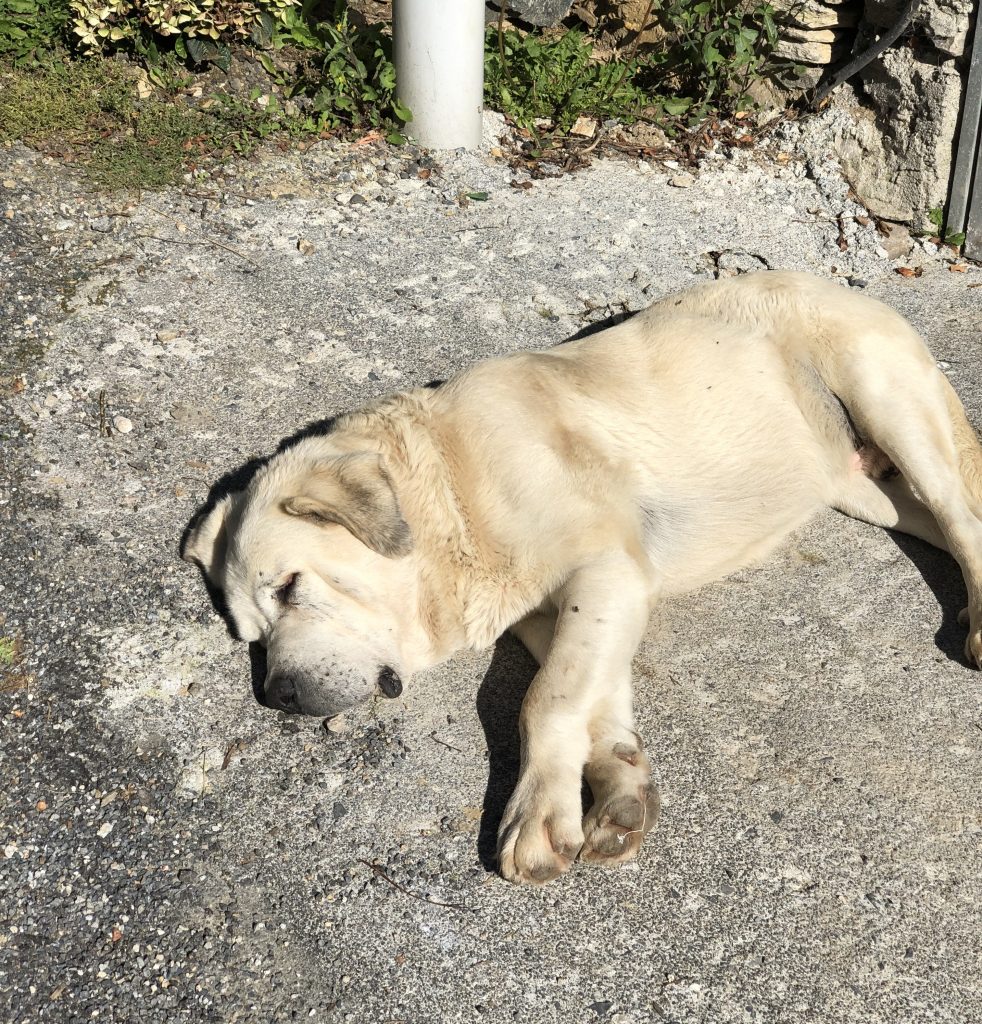
What goes up, must come down.
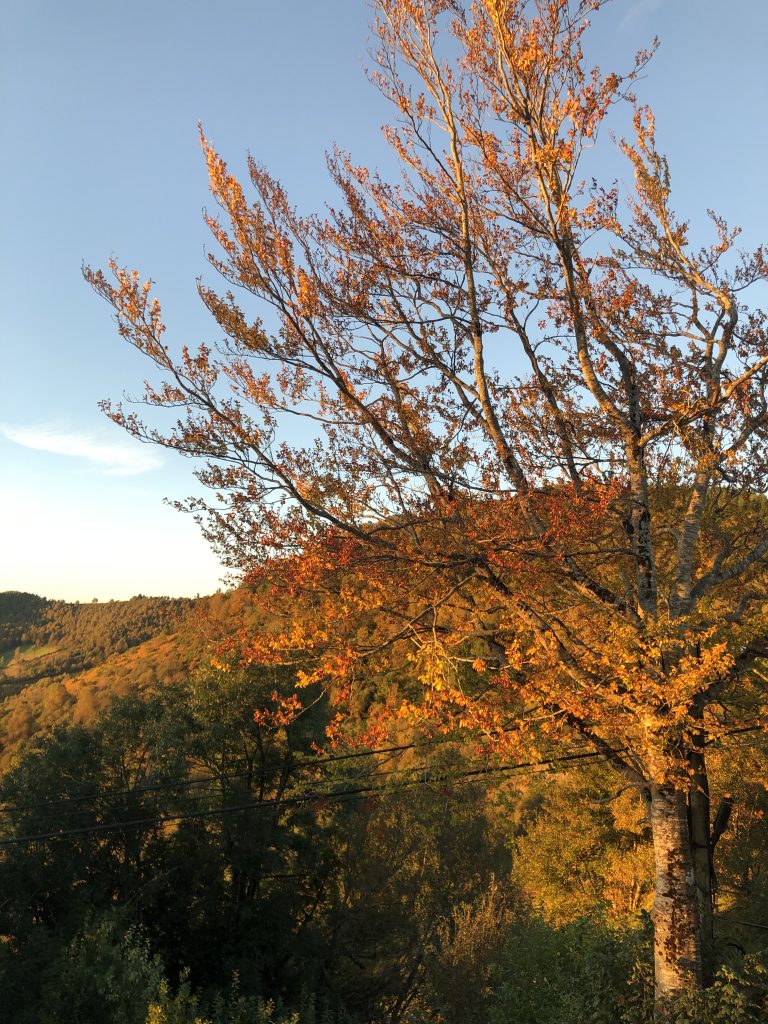
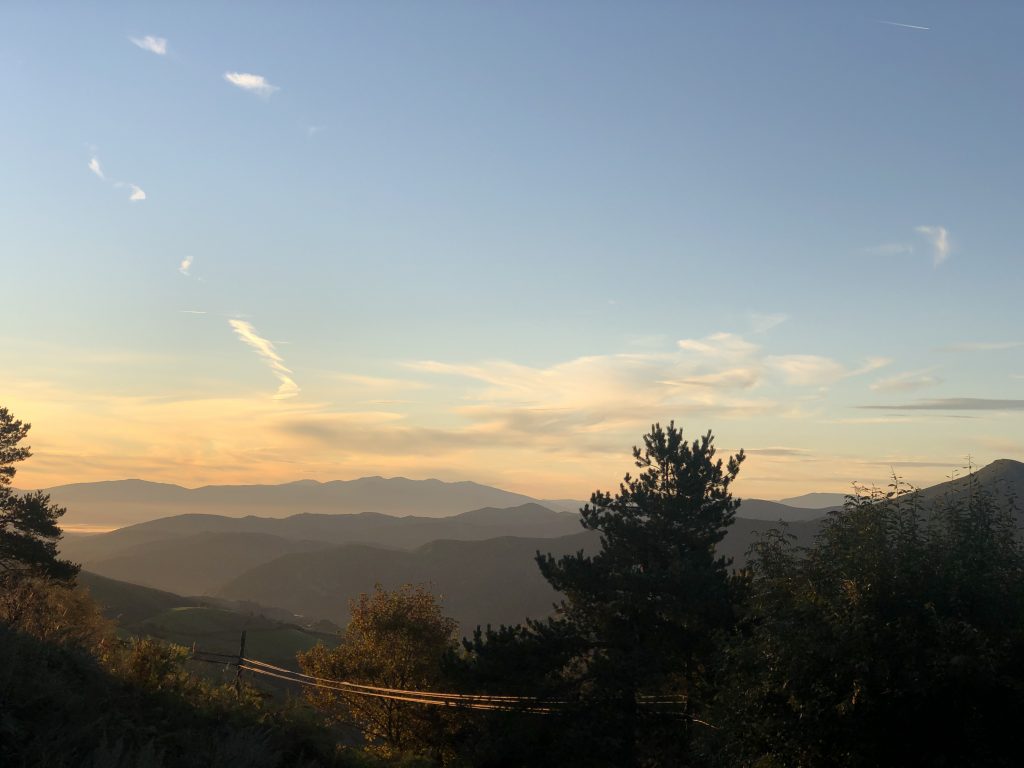
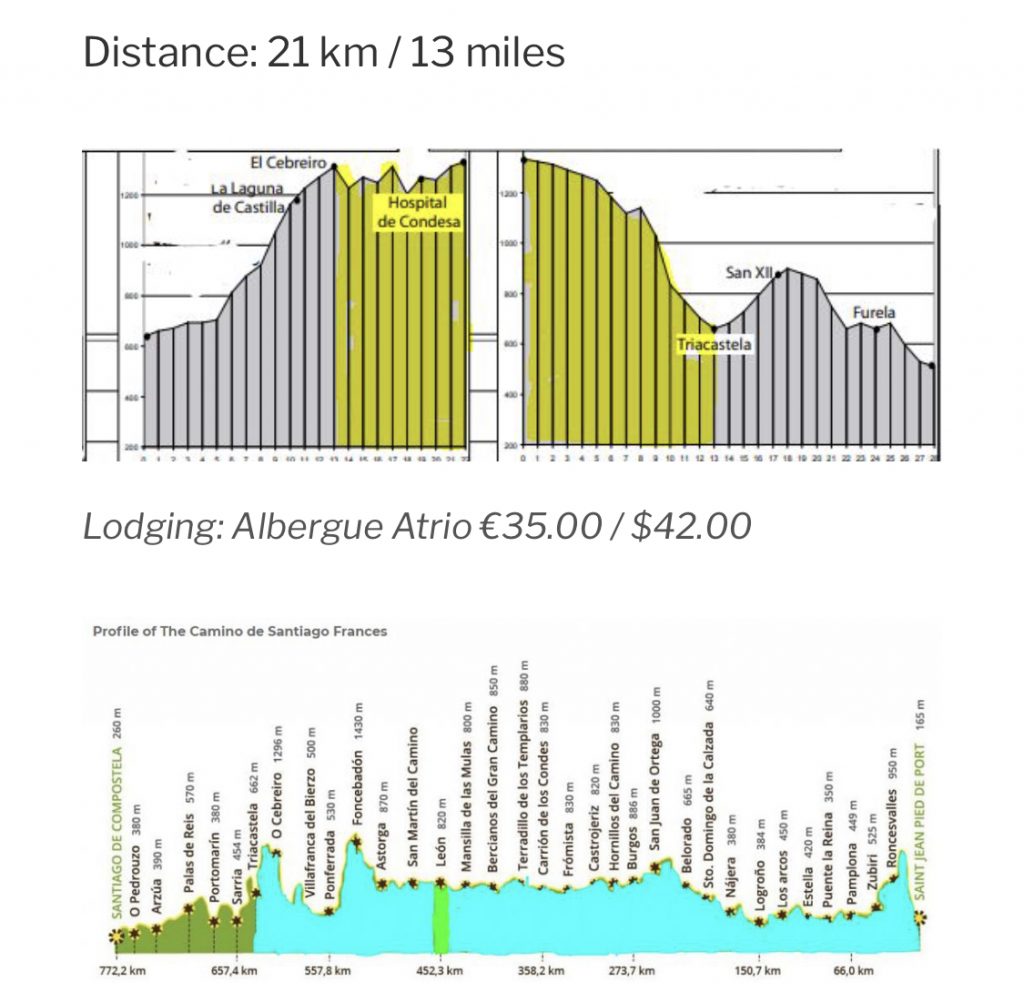
The last big climb. Entering the final Spanish region on the Camino Frances.
O’Cebreiro (pronounced oh–thay–bray–air–oh) Marks a final major threshold over the Cantabrian mountains. 3rd highest peak on the Camino.
Galicia – The mountains of Galicia are the first object in 5,000 km that the westerly winds across the Atlantic hit so you can expect an immediate change in weather with frequent rain showers and thunderstorms. (Brierley)
Hi, All.
I walked up that mountain- very slowly. The views were breathtaking, the weather perfect.
